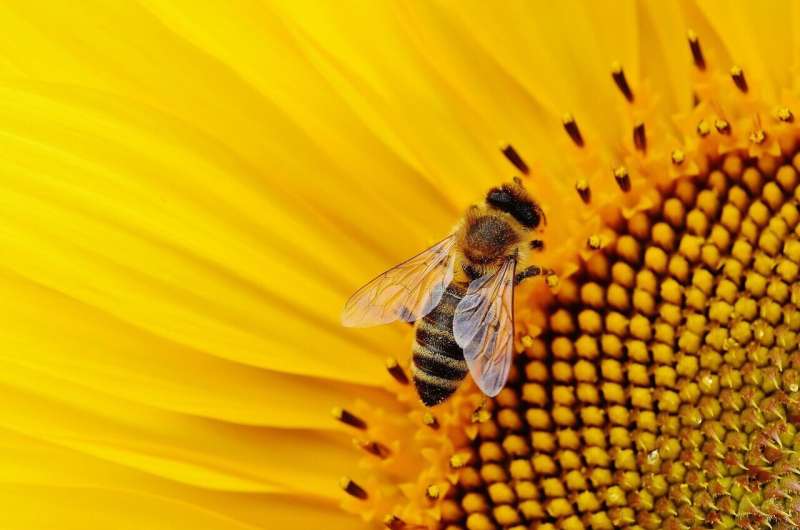Bee populations in trouble following EPA pesticide decision

Just a few weeks ago, the Environmental Protection Agency announced it was pulling 12 products off the market that contained pesticides that were harmful to the honeybee. This week, the agency made an emergency exception for nearly a dozen states to use a pesticide called sulfoxaflor on certain crops. Environmental advocates worry about the chemical's harmful impact on bees.
Kari Segraves is an associate professor of biology at Syracuse University's College of Arts and Sciences. She anticipates the new policy will negatively impact pollinator populations.
Segraves says, "The release of the Environmental Protection Agency's announcement is ironically timed with '". Unfortunately, the new policy will have strong negative impacts on pollinator populations.
"Sulfoxaflor is quite toxic to native bees such as bumblebees that are key pollinators of many native and rare plant species as well as crop plants. Moreover, other pollinating insects and natural enemies of herbivores can also be affected.
"As pollinator populations decline, we will see cascading declines of fruit and seed production that could affect both natural areas and agriculture. Given that pollinator populations are struggling, now is the time to think about the future of these critical communities.
"We should follow the lead of the European Union and ban these chemicals."
Provided by Syracuse University


















